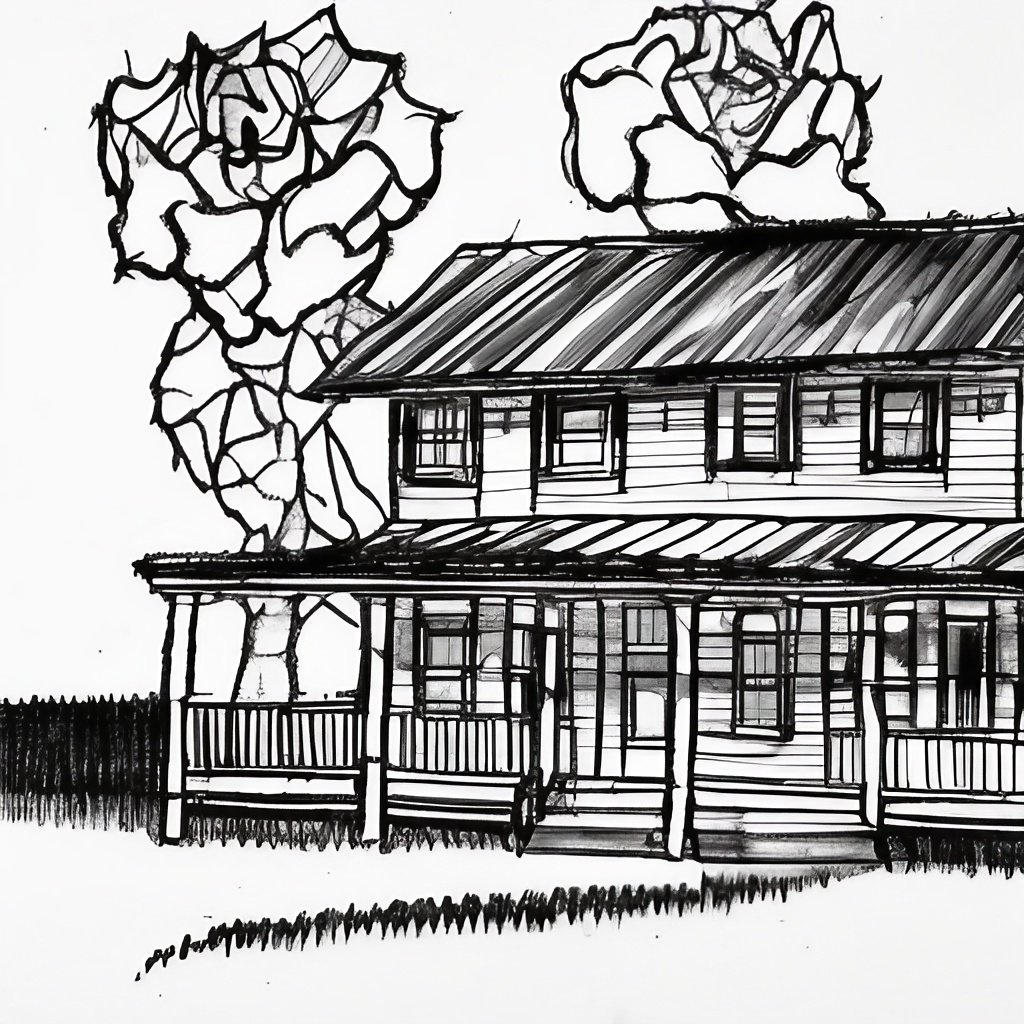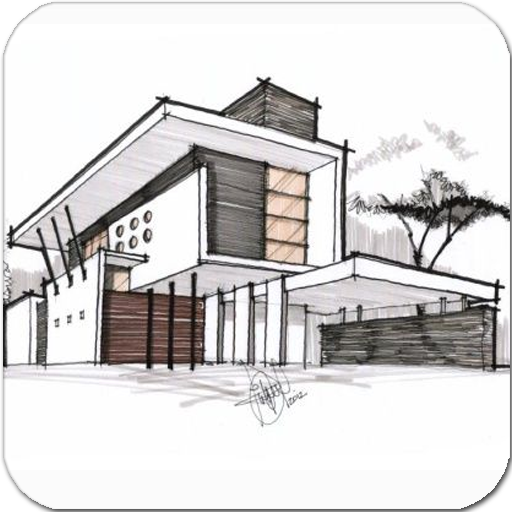
If you are looking to design your dream house, you may be wondering how to go about it. There are many different methods to approach drafting a house. Luckily, there is a tutorial out there to show you the ropes. This tutorial will not only teach you how to do the aforementioned but it will also teach you how to draw a house with perspective.

First, you'll need to know the difference between a sketch and a plan. The most common type of plan is a blueprint for a home that is displayed on paper that is 18 inches by 24 or 36 inches in size. This will give you a good idea of how much room is involved in each area. A floor plan should also include the layout of each room and the locations of major furniture.
Next, you'll want to figure out which of the various materials your house will be constructed from. On some plans, the different materials will be represented in a more or less standard way. For instance, a roof may be drawn with wooden slats while a wall is represented in a brick pattern. Using this information, you can better plan out your drawing.
Once you have your base, you'll need to determine how the rest of your house will flow. You should use the same rules of thumb as you would when drafting a plan. One trick to help you is to think of the main section of your house as the outline. Another trick is to cut out certain shapes to create a more realistic look.
Using a ruler, create the vertical and horizontal lines of your house. In the vertical direction, your line should be about four inches to the right of the vanishing point. When drawing the horizon line, make sure that you do it a little bit diagonally.
While you're at it, you'll also need to determine the correct scale for the house. This will ensure that your finished product will fit the sheet of paper you're using. Also, make sure that your ruler is long enough to accurately measure the distance between each floor and ceiling. Getting this wrong could make your drawing a disaster.
While the best way to figure out how to make a house is to start with a blank piece of paper, it's not always necessary. Other alternatives such as drawing on acetate or graph paper are fine options. Some of the more advanced plans are constructed in such a way that they are print ready. With these tools in hand, you'll be able to create your own home in no time.
Of course, you'll need to add details to your house. Whether you're a beginner or a pro, you can find the best way to get the job done by following these three steps. Following these guidelines will ensure that your plan is a success.
Lastly, you'll need to pick your favorite colors. Using different shades of the same color is a great way to make your house look more interesting.

Immerse yourself in architecture’s most boundary-pushing ideas—where innovative home improvements meet visionary urban developments. Discover new building techniques, materials, and creative concepts that are redefining how we shape our spaces on a global scale.